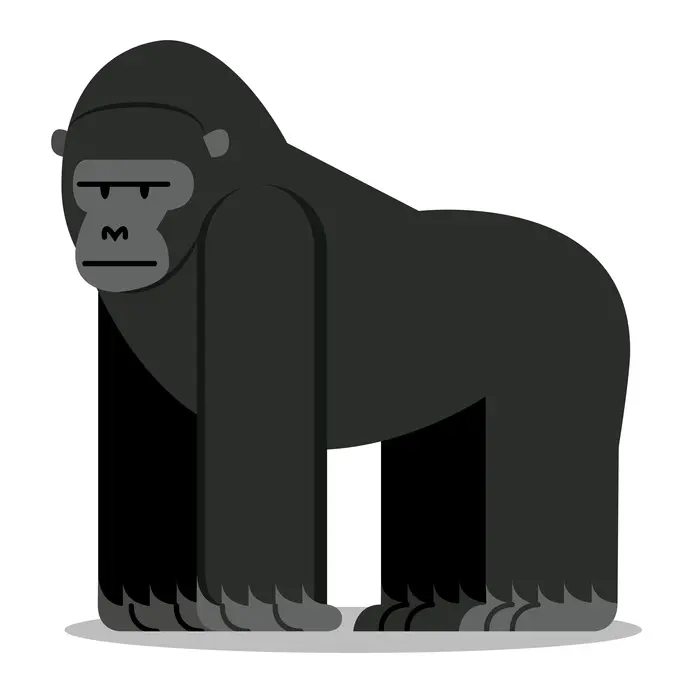You have a user research budget to improve your app, website or design, but you’ve hit a wall when searching online keywords like “customer research,” “user profile,” “usability testing,” “survey testing,” or “how do I increase my conversion?” As you comb through dozens of online tutorials, best user research practices, and not-so-technical how-to articles, you’re tired and overwhelmed. Does this sound like you?
“Where do I begin?” is a common question our clients ask, followed closely by “how much will it cost?” In order to save time and money, use these tips to focus your efforts so that your research project is successful and completed within budget.
Create a Research Script to Help Manage Resources
User research can become costly if you’re not laser focused on the question you’re answering, given your underlying business and product requirements.
First, write down a list of questions that need to be answered through research. For example: “Why does user engagement drop off after the second screen at our checkout?“
Next, write down a list of business goals that you want to accomplish via the user research efforts. For example, “Our primary goal is to increase conversion from new subscribers.”
At the end of this exercise, you’ll have a short, consistent script to use when approaching user research vendors, SaaS tool providers and strategic consultants. Apples-to-apples budget comparisons are very helpful when assessing your options and possible outcomes.
Of course, you can conduct your own research, but you’ll soon find how much time and energy it really takes.
Here’s an example of a research script:
One of our business goals is to increase conversion of new subscribers, so that we know what content types lead to customer disengagement and cart abandonment.
To reiterate, crafting a research script ahead of time will help you speak more directly with your user research vendors and will also help to clarify both business and product goals with your internal teams.
Distinguish between the Forest and the Trees
Depending on your business goals, an effective user research program can take on either a strategic or tactical flavor.

Strategic user research (the “forest”) will take into account foundational customer attributes (why your user loves your product), product value propositions (reasons why your customers would buy your app), comparative brand assessments (what aspects of the brand resonate with our own customer), and other business-driven initiatives (what does ‘innovation’ mean in our company).
Tactical research (the “trees”) focuses more on the nuts and bolts like product functionality (discoverability or occlusion), competing design elements (blue button versus red button), engagement-retention (click-through rates and drop off rates), and customer satisfaction (Net Promoter Scores, task satisfaction).
This isn’t an exhaustive list by any means, so feel free to include more in the comments.
Always Align with the Product Team
There’s nothing worse than paying for insightful, game-changing research, only to introduce it after all key decisions have been agreed upon by your leadership team.
Avoid “stale on arrival” research by reaching out to key stakeholders before your project begins. Key allies (developers/project managers) will help align user research with product roll-outs, phases, and sprints.
Consider key stakeholder interests and needs when crafting your research questions. In some cases, you might even be able to partner together and share budget to expand your research project.
Consider Value When Assessing Research Cost
There is a real tradeoff between Cost, Level of Effort (LOE), and Business Need that is at the center of Total Research Cost (TRC).
Guerilla Usability and Lean UX are two approaches to user research but in reality, there’s only so much you can expect from these methods (especially when fulfilling business requirements). Without question, you’ll sacrifice “methodological precision” and “data accuracy” along the way.
Don’t get me wrong: I’m a supporter of Guerilla Usability and Lean UX methods, but only if they make sense to your client and your business. I’d love to hear your comments on when these methods didn’t work for you or even when they saved the day.

Guerilla or Gorilla?
After assessing business needs, do some soul-searching and really consider the research value. How comfortable are you with the notion that your research insights might be off (or perhaps “really off”) when using less-than-precise approaches? Is this a one-off project, or do you really need a solid research program?
Commit to choosing the best research tools and services so that you’re using the right method to meet your business goals. However, keep in mind that this may mean a larger budget to ensure data accuracy and validity.

Fig 1. Question answered by research methods (courtesy of Norman Nielsen Group/Christian Roher)
Conclusion
A successful user research project begins by taking these four time-saving tips into consideration. Saving time will save you money.
First, consider research value in light of business and product requirements. Be sure to align your research project to key stakeholder needs and timelines. Always craft a script to interview potential research vendors. Understand when strategic or tactical research approaches are needed.


